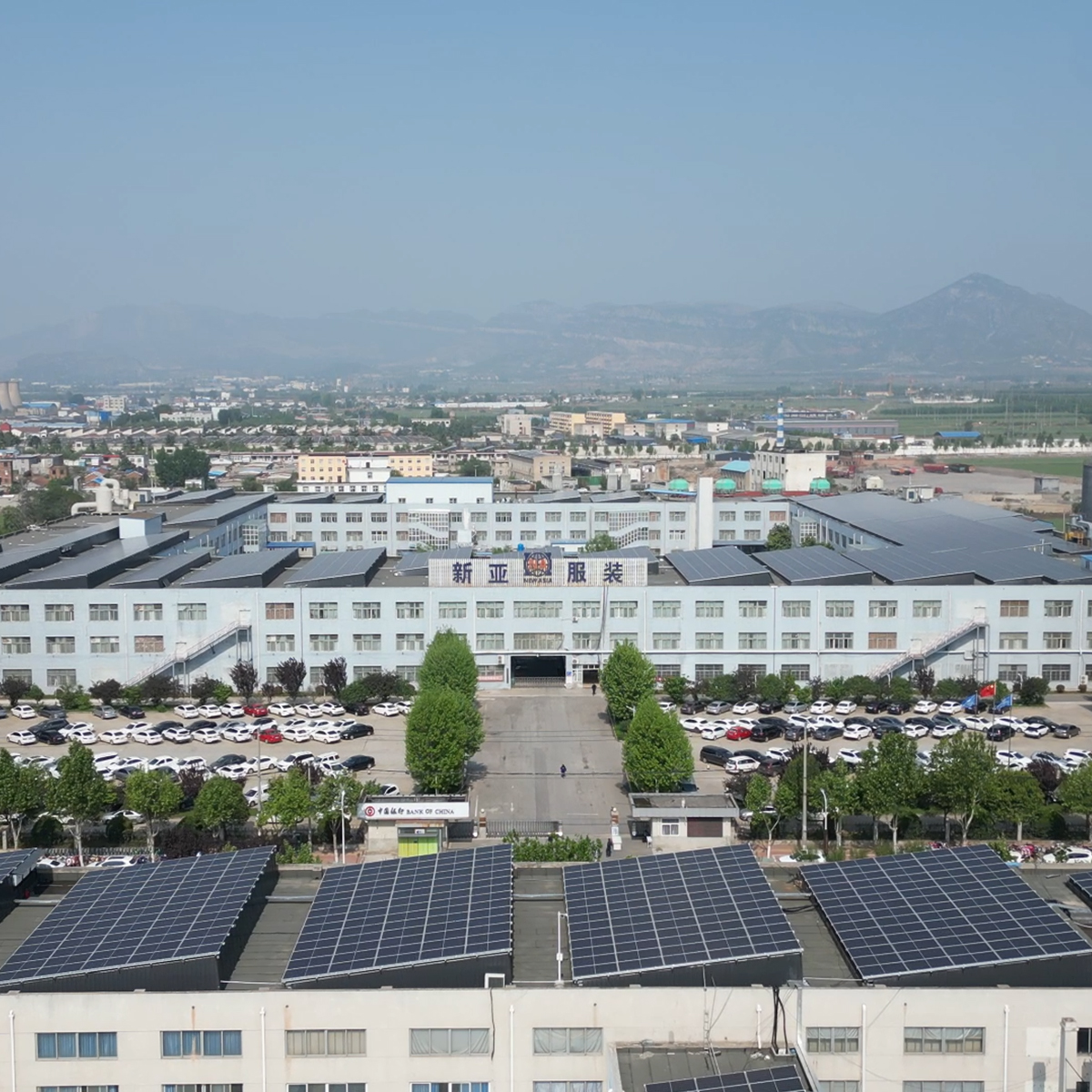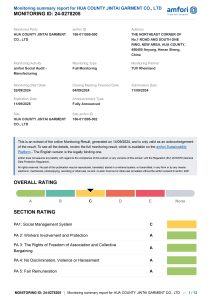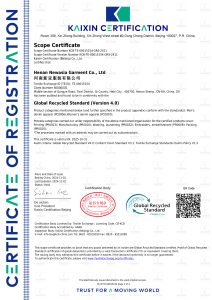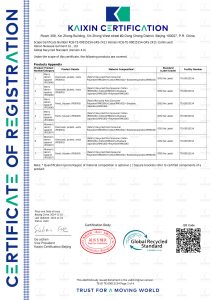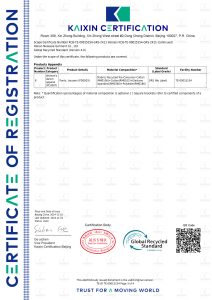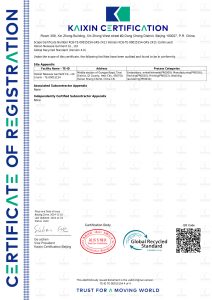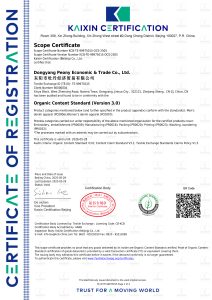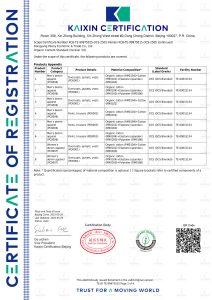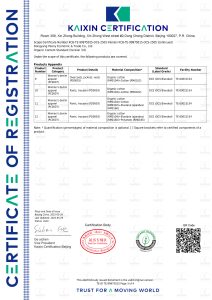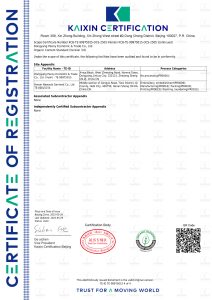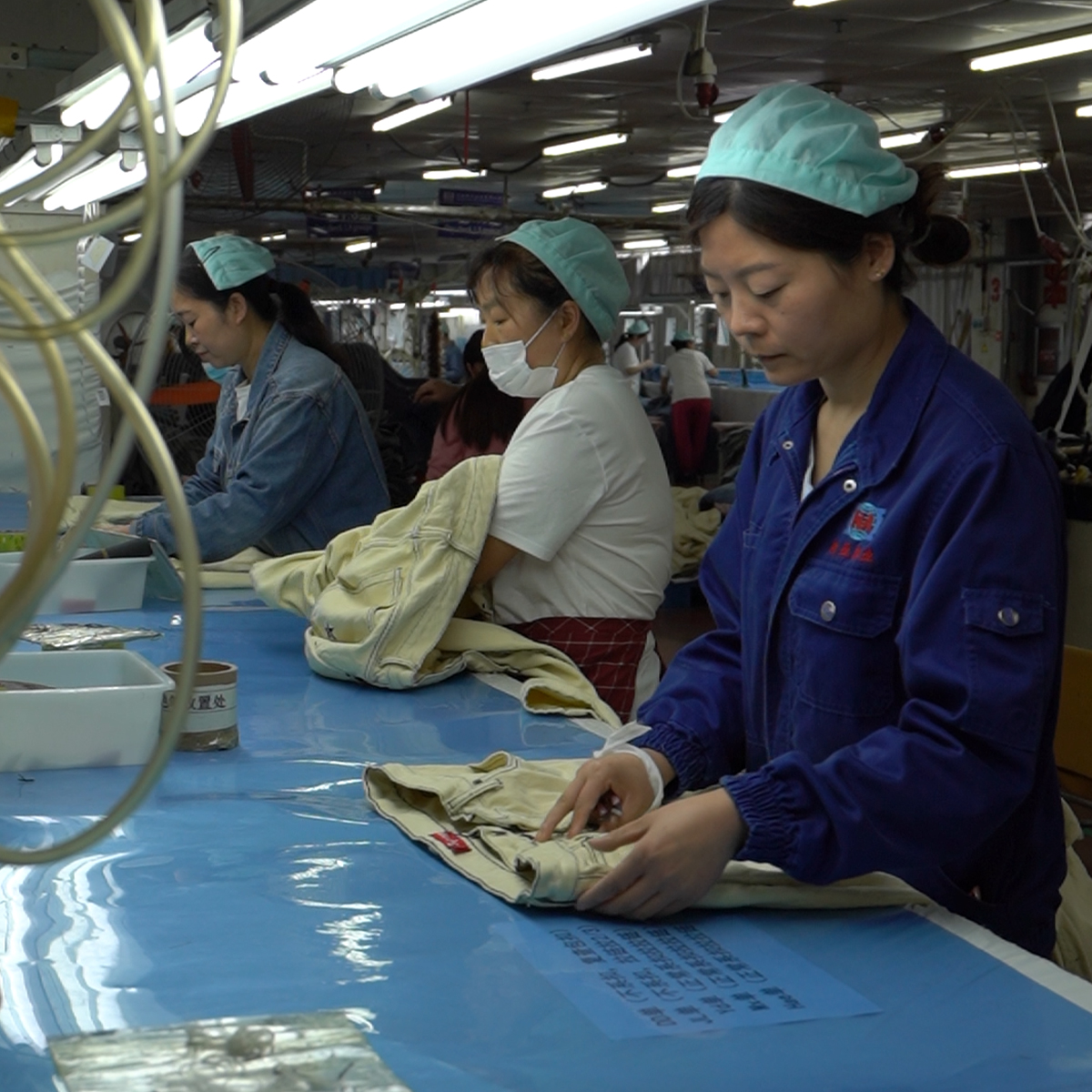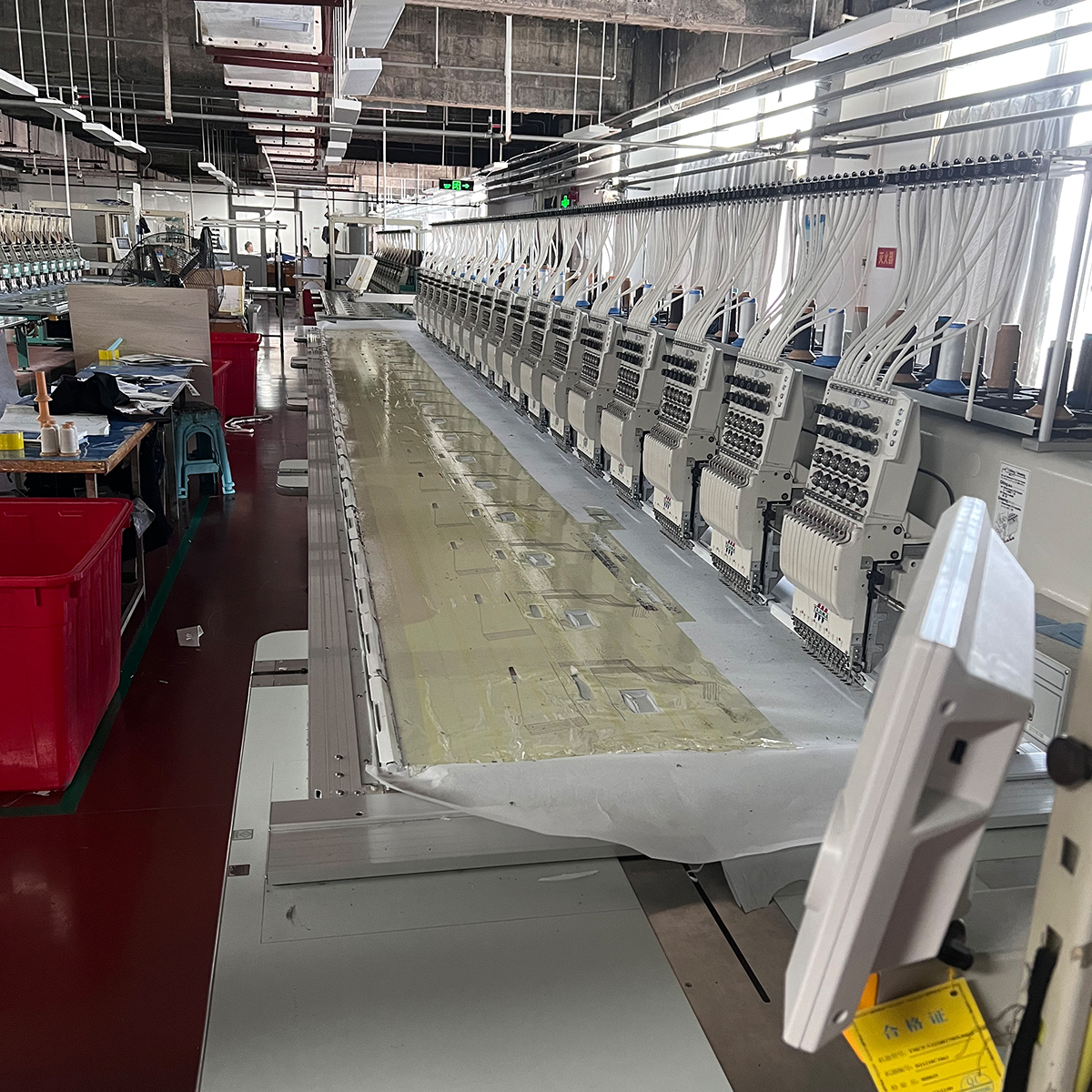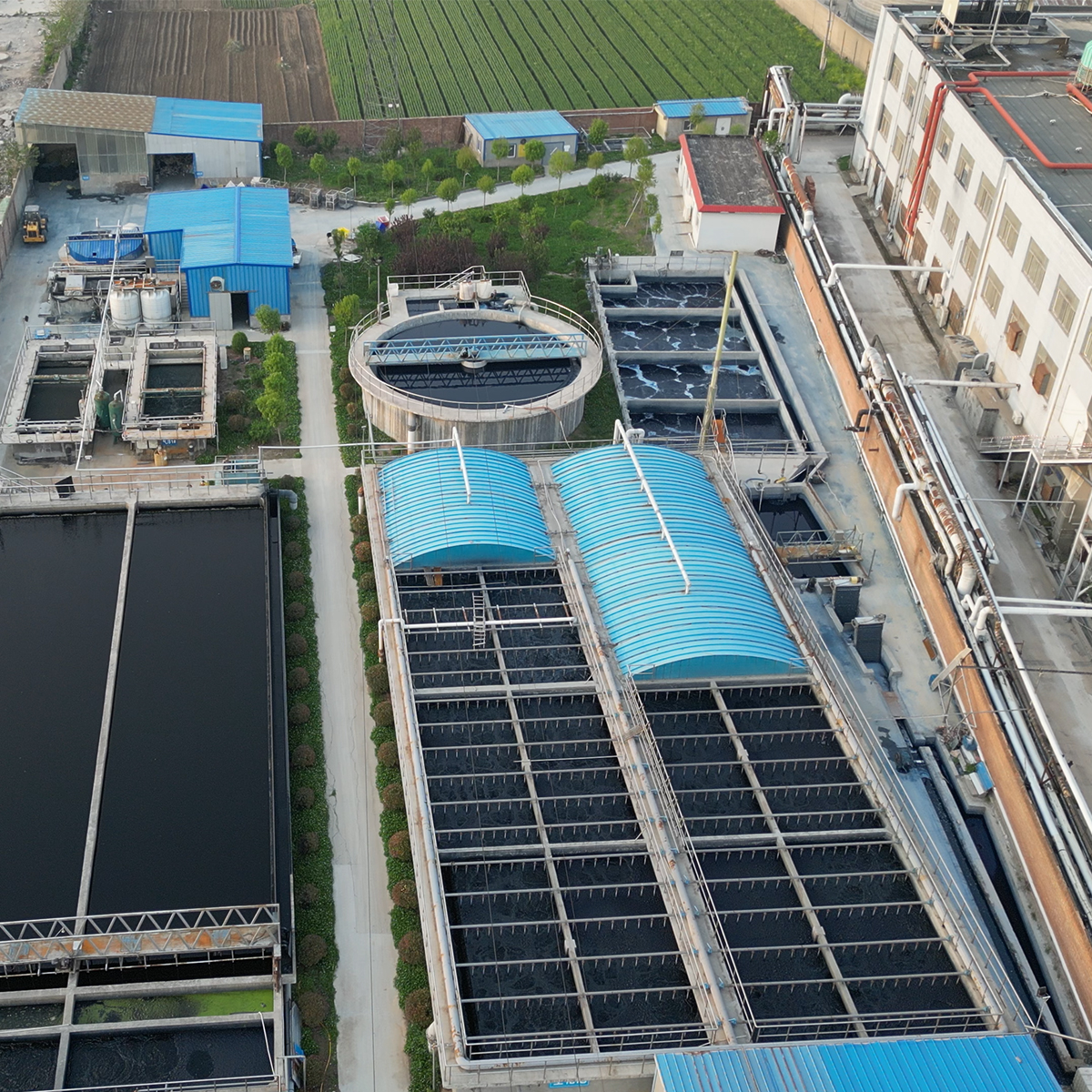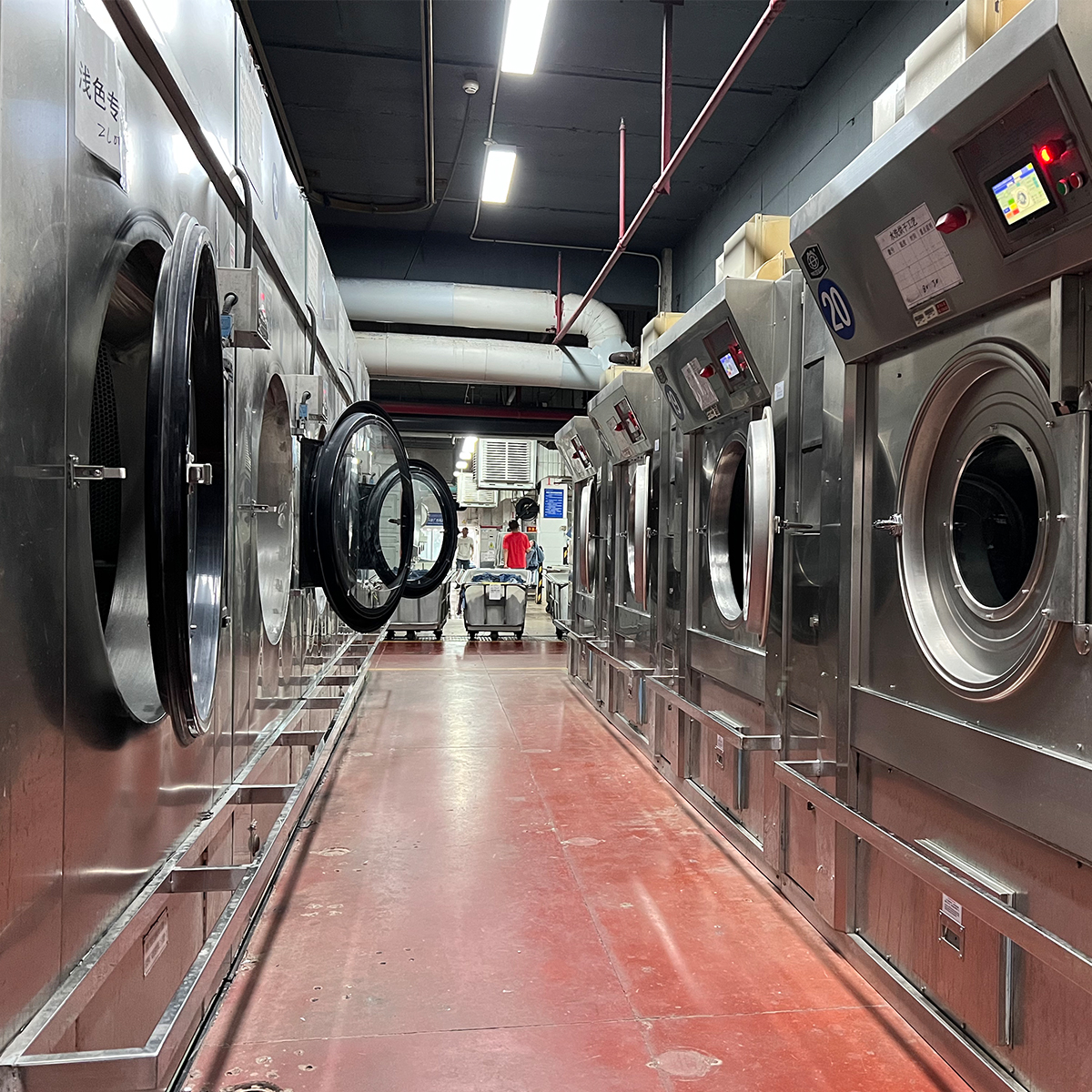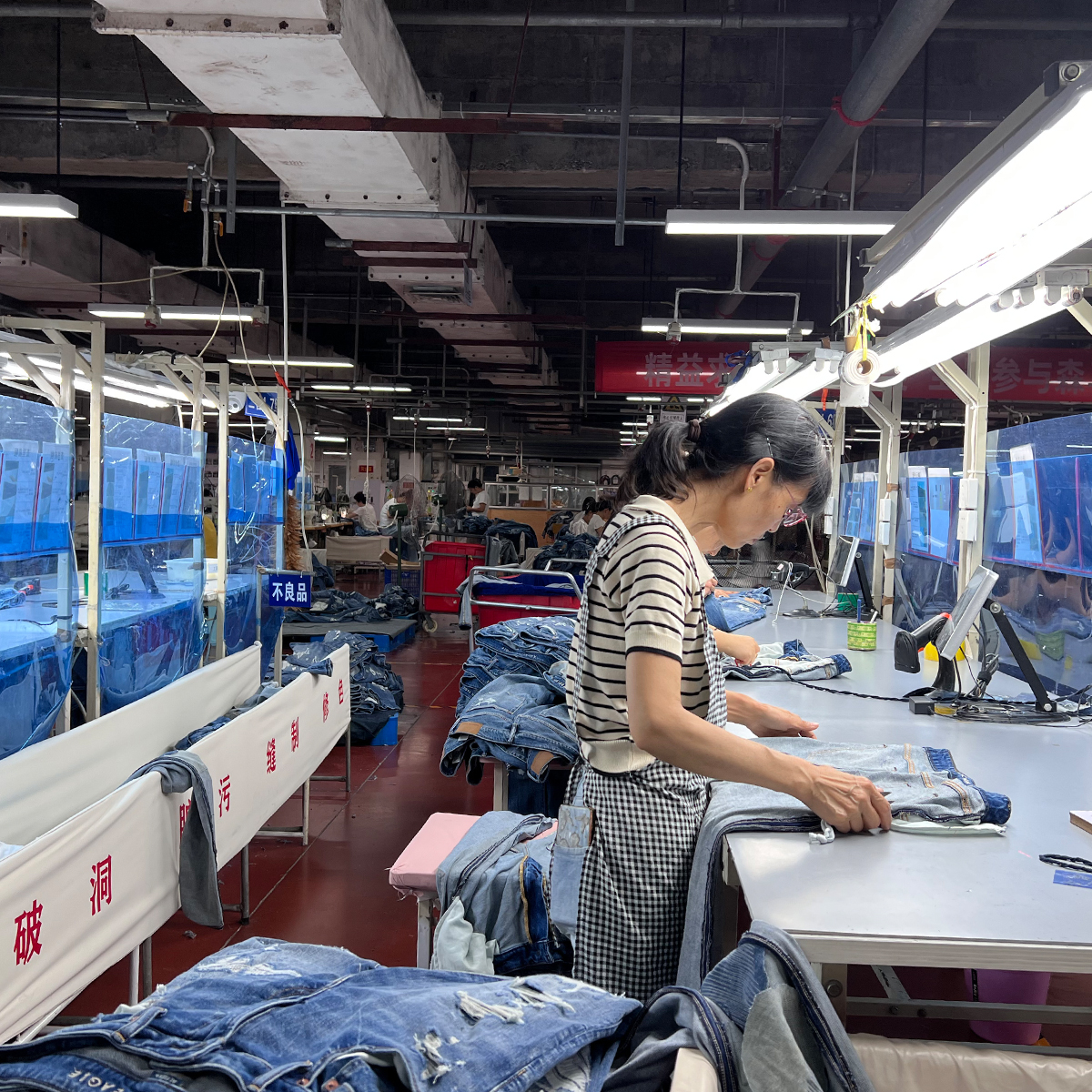In recent years, the fashion industry has undergone a significant transformation, pivoting towards sustainable practices as consumers grow increasingly aware of the environmental impact of their purchases. One of the prominent players in the industry is Zara, a global clothing retailer known for its chic styles and rapid production cycles. This article explores how Zara has evolved its manufacturing processes to embrace sustainability, highlighting its efforts, challenges, and the overall impact on the market.
The Fast Fashion Phenomenon
Zara is often scrutinized for its role in the fast fashion business model, characterized by quick turnaround times and low prices. While this model has attracted millions of shoppers globally, it comes with substantial environmental costs. The production of fast fashion often involves massive quantities of waste, harmful chemicals, and carbon emissions, raising red flags for eco-conscious consumers and advocacy groups.
Recognizing these concerns, Zara’s parent company, Inditex, has taken steps to address the sustainability challenges associated with its brand. The company has committed to a 2025 deadline to use 100% sustainable or recycled fabrics, aiming to set a new standard for the industry.
Commitment to Sustainable Materials
One of Zara’s notable commitments is the transition to sustainable materials. The brand has pledged to utilize organic cotton, recycled polyester, and other sustainable fabrics in its collections. Organic cotton, for instance, is grown without harmful chemicals and uses a fraction of the water needed for conventional cotton, thus significantly reducing its ecological footprint.
Recycled materials play an essential role in Zara’s sustainability strategy. The company sources recycled polyester from plastic bottles and repurposes fabric waste from its production processes. This dual approach not only minimizes landfill waste but also contributes to reducing the demand for virgin materials, making a substantial impact on the environment. In its journey, Zara reports that it has already introduced collections that utilize these eco-friendly materials, showcasing that sustainable fashion can also be stylish.
The Circular Economy Approach
Zara’s commitment to sustainability extends beyond the materials it uses; the brand is also embracing the circular economy model. The circular economy aims to minimize waste by keeping products in use as long as possible and recycling them at the end of their lifecycle.
To support this model, Zara has initiated programs that encourage customers to return their old clothing items. This initiative not only promotes recycling but also reduces the demand for new clothing production. The collected garments are sorted and either resold, donated, or recycled, thereby giving them new life and reducing waste.
In addition, Zara has invested in advanced recycling technologies, allowing them to break down textile fibers and transform them into raw materials. By doing this, Zara not only mitigates the environmental impact of end-of-life garments but also decreases its dependency on virgin resources.
Transparency and Ethical Practices
Transparency is another cornerstone of Zara’s sustainability efforts. The brand has taken significant strides to ensure that its supply chain is ethically sourced. This involves adopting strict labor standards and conducting audits of manufacturing facilities to ensure compliance with ethical labor practices.
In recent years, Zara has unveiled a more transparent supply chain, allowing consumers to trace the origins of the clothing they purchase. By providing this information, Zara empowers customers to make informed decisions and promotes accountability throughout the manufacturing process.
Eco-Friendly Packaging and Store Initiatives
Beyond the manufacturing process, Zara is also focusing on packaging and in-store initiatives to enhance sustainability. The brand has begun to phase out plastic bags in its stores and has shifted to eco-friendly materials for packaging, further reducing its environmental footprint.
Store initiatives include energy-efficient lighting and sustainable store designs aimed at minimizing energy consumption. This approach not only helps to reduce the carbon footprint of individual stores but also serves as a model for others in the retail sector to follow.
Challenges in Implementing Sustainable Practices
Despite the significant progress Zara has made towards sustainability, challenges remain. One of the major hurdles is balancing the speed of fashion with sustainable practices. The fast-paced nature of the fashion industry often conflicts with the slower, more considered approach required for sustainability. This can make it difficult for Zara to maintain its reputation for quick turnover while meeting its sustainability goals.
Additionally, there is the challenge of consumer habits. The fast fashion model has ingrained a culture of disposable fashion, where consumers often prioritize affordability and trendiness over ecological and ethical considerations. Changing these consumer mindsets will require more than just marketing; it will demand a collective effort from brands, consumers, and governments alike.
The Future of Zara and Sustainable Fashion
As Zara journey into sustainable practices continues, its influence on the fashion industry could prove pivotal. With increasing consumer awareness and demand for sustainability, Zara’s model may inspire other brands to undertake similar initiatives, potentially leading to a more responsible industry as a whole.
It’s clear that sustainability is not just a trend for Zara; it’s becoming an integral part of its corporate strategy. By committing to sustainable practices and products, Zara is not only addressing environmental challenges but also evolving its brand to meet the future demands of consumers.
The road to sustainability in the fashion industry is long and winding, with challenges at every turn. However, by adopting responsible practices and setting ambitious goals, Zara can pave the way for a more ethical and sustainable future in fashion.
As a leader in the clothing industry, Zara is challenged to not only maintain its market position but to do so in a way that honors the planet and its people. With each step forward, it sets an example for others to follow, demonstrating that sustainability and style can indeed go hand in hand.







